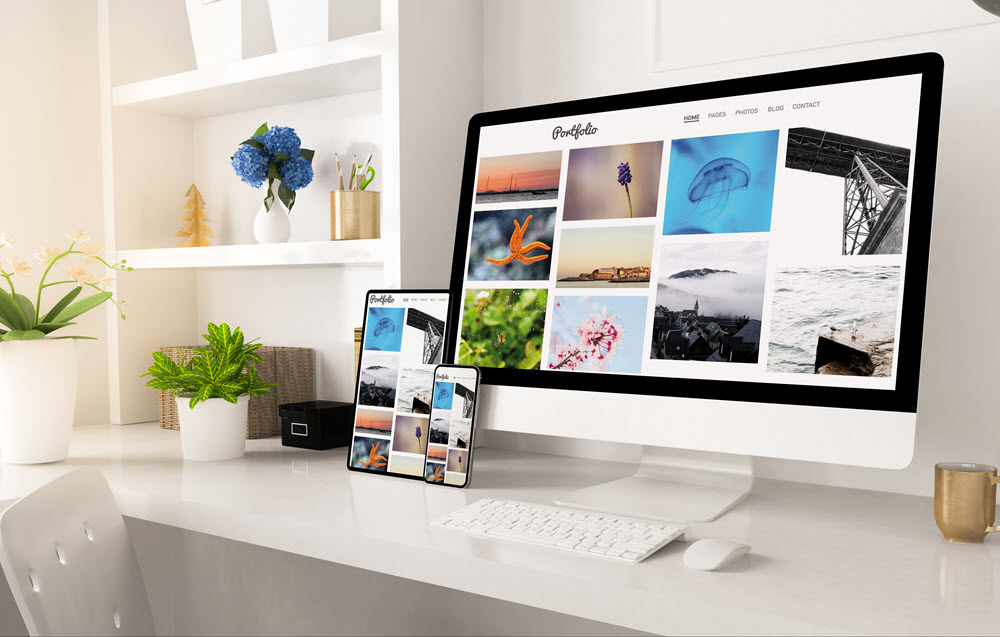Students, faculty and staff have access to the service to create or upload evidence of their learning in the form of assets that can be collated and assessed for personal, professional and academic portfolios. Learners may create multiple portfolios, pages, activity logs or other items. Instructors or program leaders can create and share resources such as workbooks and templates, which are meant to guide students through a learning experience.
This ePortfolio tool supports the university’s general education (GE) program, and its use will be required in some GE courses. Instructors and students may opt to use the service for other courses or for personal educational and professional growth. You can learn more about effectively integrating ePortfolios in your course at the Teaching and Learning Resource Center.
Accessibility Support
Users who are reliant on a screen reader or other assistive technology will encounter issues using PebblePad. Users with accessibility concerns may contact ePortfolio@osu.edu. Learning Systems Support staff will coordinate with instructors to arrange appropriate accommodations.
PebblePad is being made available as part of a specific course assignment at The Ohio State University. While the system is available for Ohio State employees and students to explore, use beyond the assigned coursework has not been evaluated for accessibility at this time.
FAQs
What is PebblePad?
PebblePad is an application used to develop digital portfolios (ePortfolios) and curate and manage evidence of reflection, learning, assessment and professional development. Ohio State has adopted PebblePad to support the university’s general education (GE) program and to join our set of Learning Systems tools that empower teaching and learning.
What are Pebble+ and ATLAS?
PebblePad refers to two systems: Pebble+ and ATLAS. Both systems are viewable to all users, but Pebble+ is the student-focused system while ATLAS is designed for administrators.
Once logged in to PebblePad, students will interact with the Pebble+ Dashboard (sometimes referred to as the Pebble+ Home Page) to create Assets. Instructors can create Resources for course activities from Pebble+.
ATLAS stands for Active Teaching, Learning and Assessment Space, and it is a permission-based system that will be primarily used by administrators and program managers.
What’s the difference between an Asset and a Resource?
PebblePad explains the difference between these similar terms:
An Asset includes uploaded files, pages, collections, activity logs, blogs, and other items. The key is that it has your personal content in it — information about you or something that you have done that makes it meaningful. You own your Assets and have full control over editing and sharing. You decide who sees which of your Assets, for how long, and what they can do with them. Any file you upload into PebblePad or work you create in PebblePad is an Asset.
A Resource is something you can use to create an Asset. A Resource provides structure and scaffolding so that you can enter information. It is an empty form or template that you can add your content to. It is typically made available to you by PebblePad or by others who are facilitating activities that you need to complete. When you save your content in a Resource it saves as an Asset in your Asset Store.
For example, instructors may create a template (Resource) to share with students in a GE course. When each student fills in the template, they will each generate their own Asset that contains their personal information.
PebblePad Support
PebblePad offers a collection of support documentation on their Help site. You can review these articles to get started:
Contact
Do you have questions about Ohio State's ePortfolio service, powered by PebblePad?
Contact our support team at eportfolio@osu.edu.
